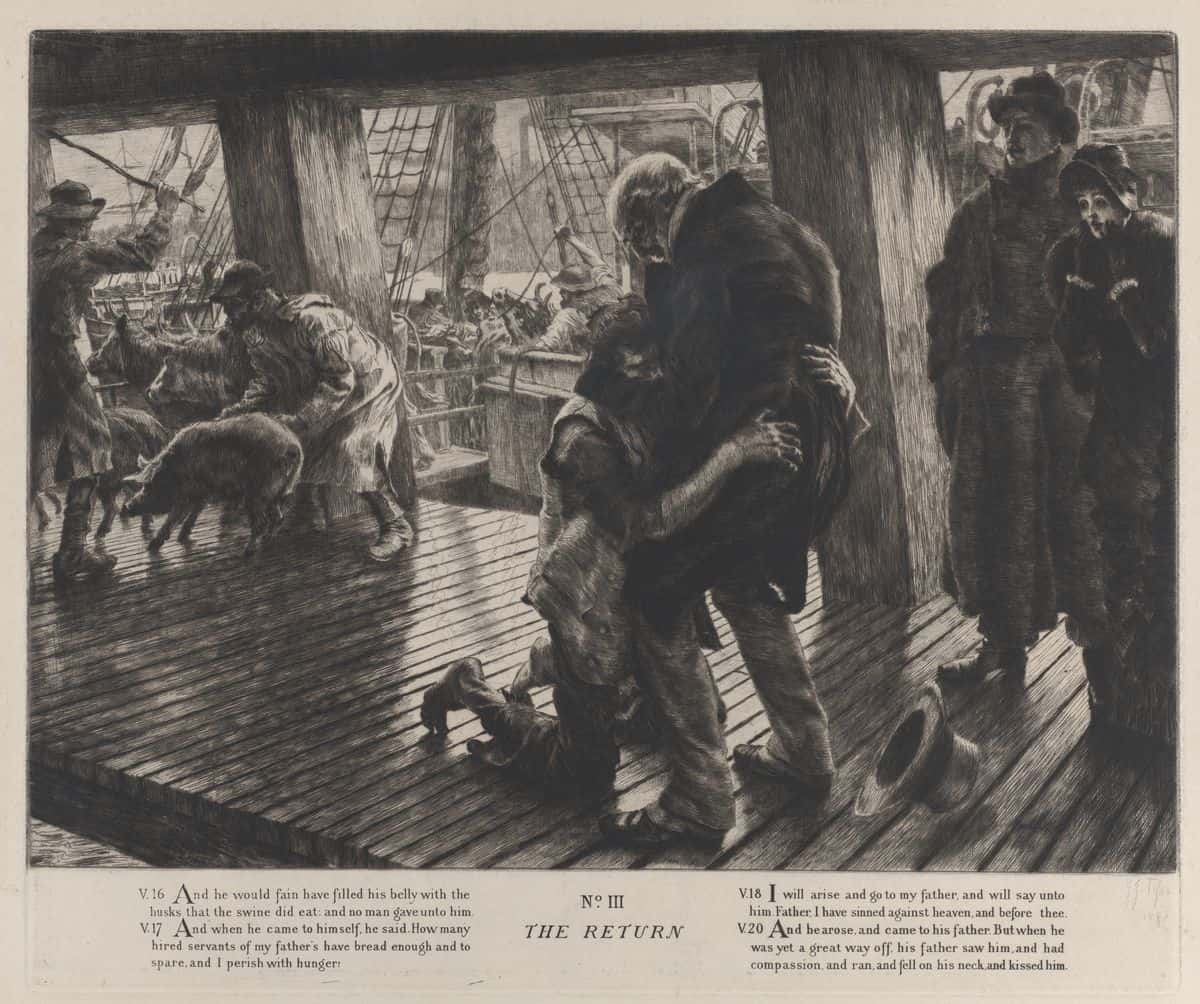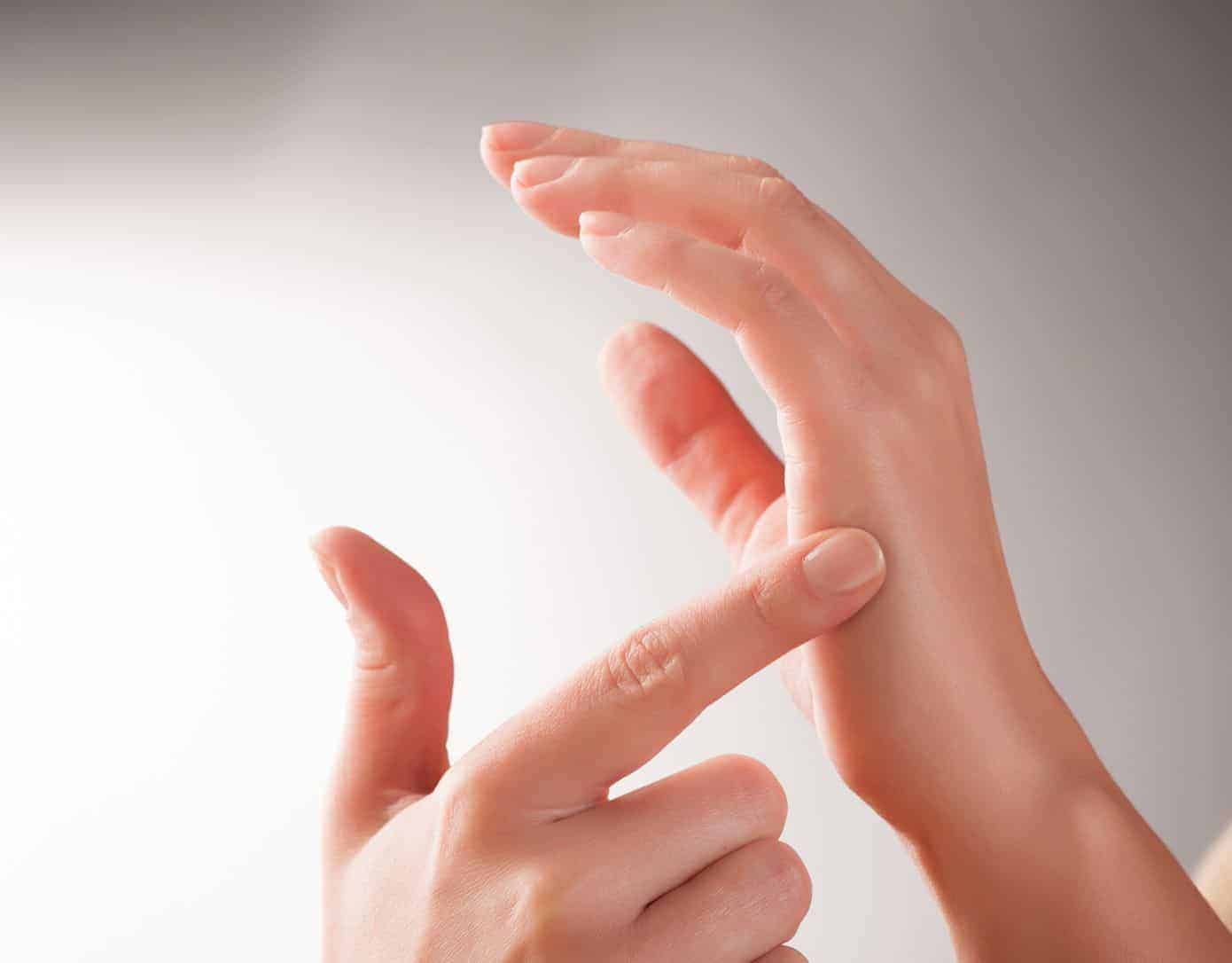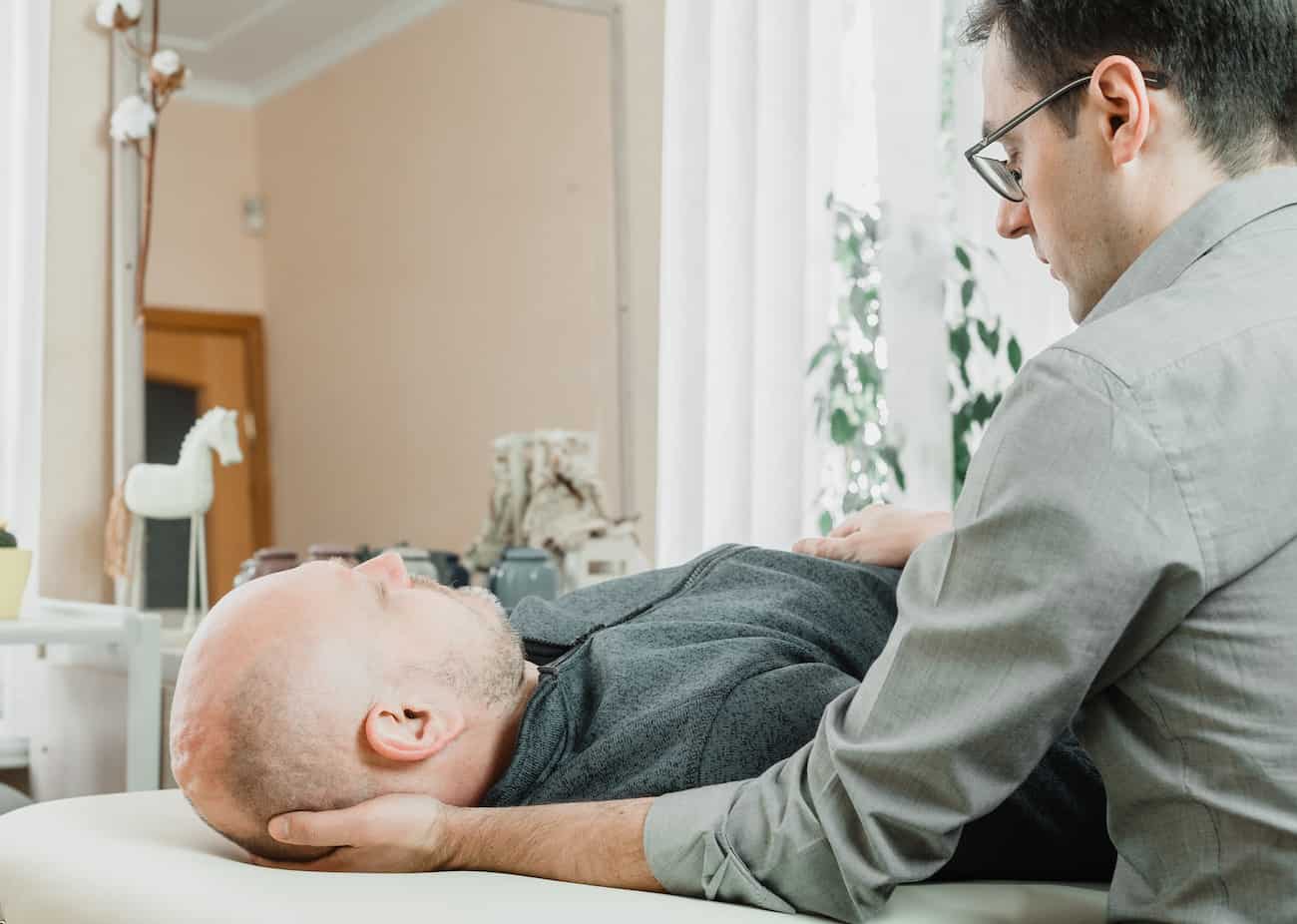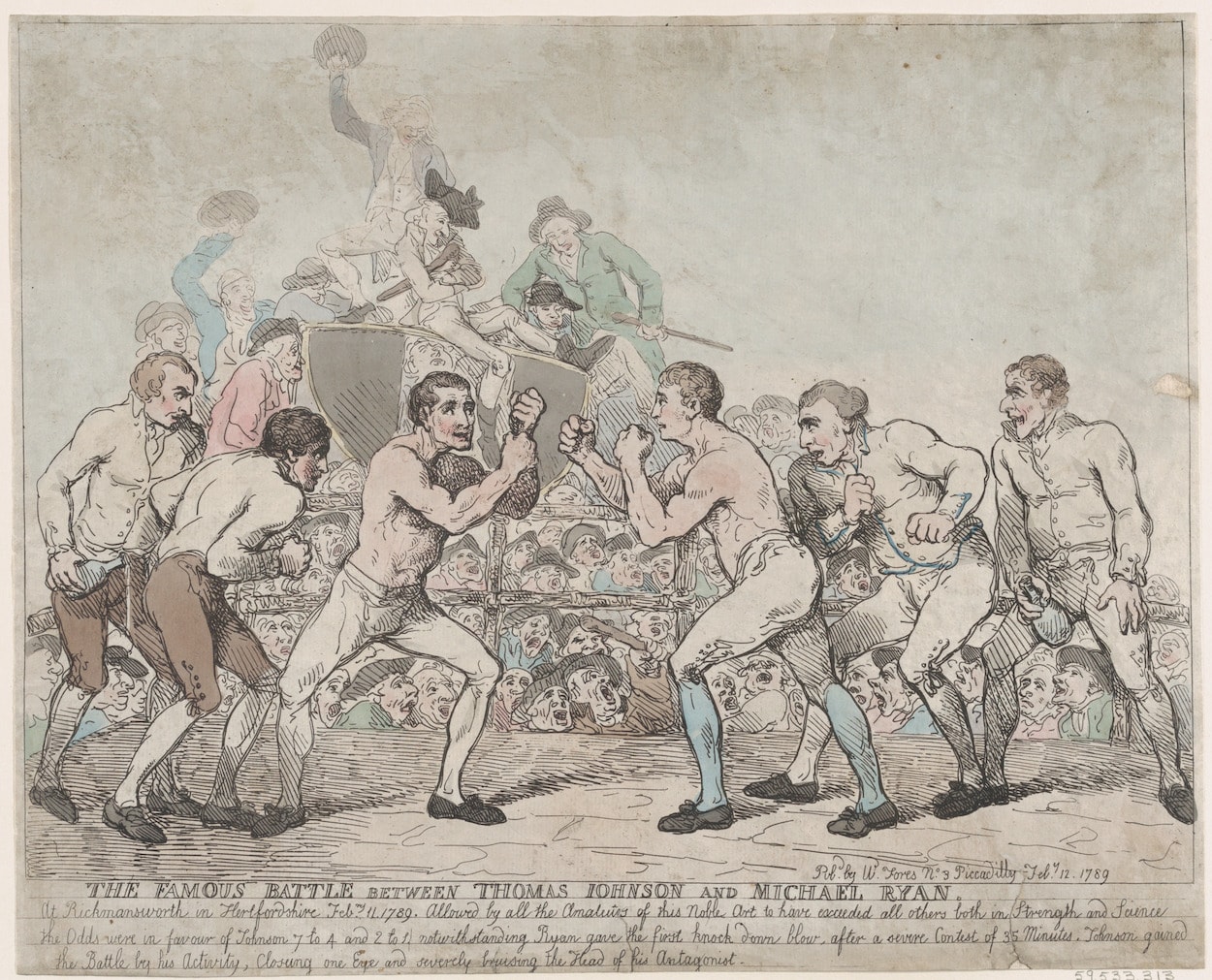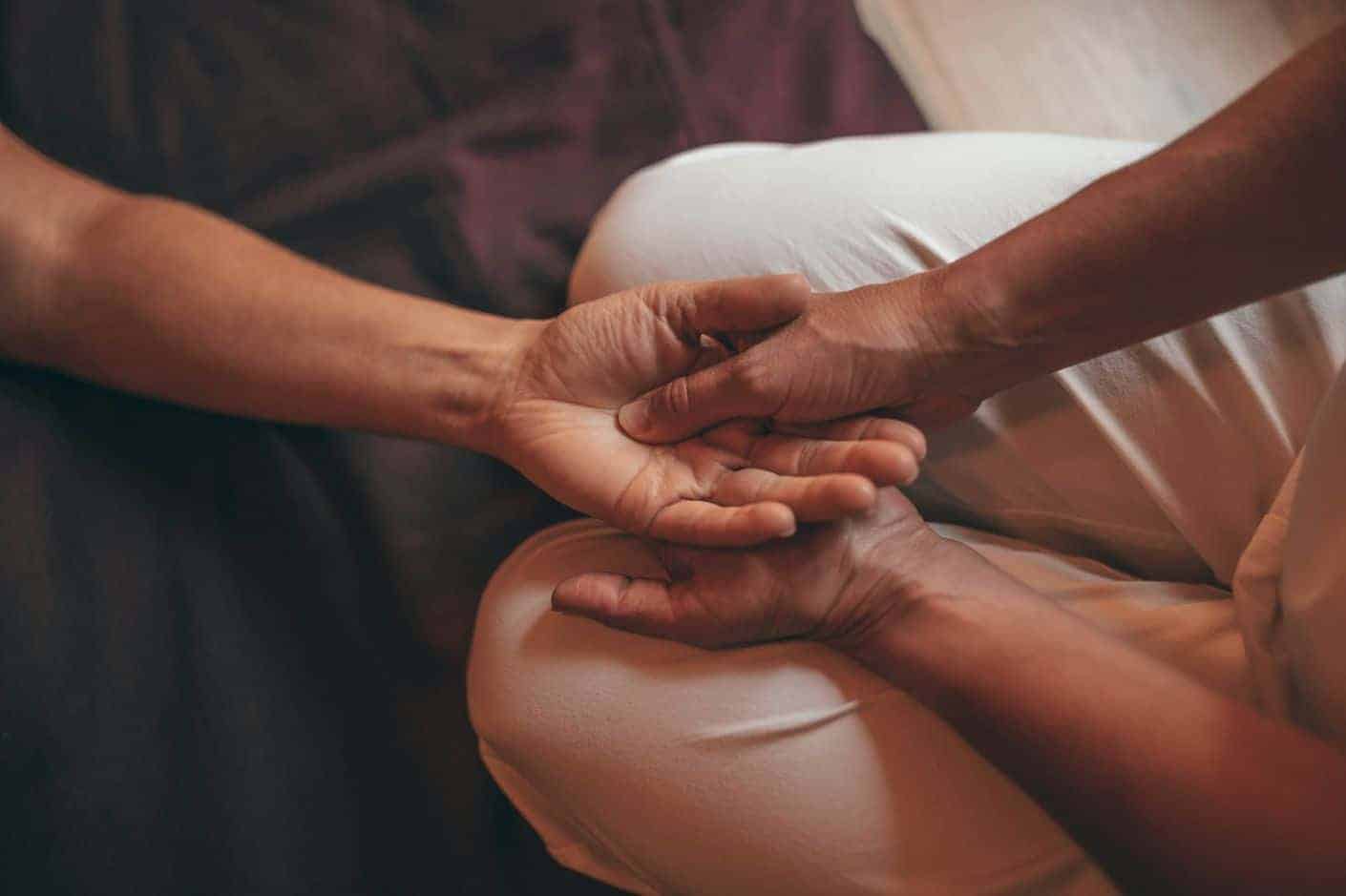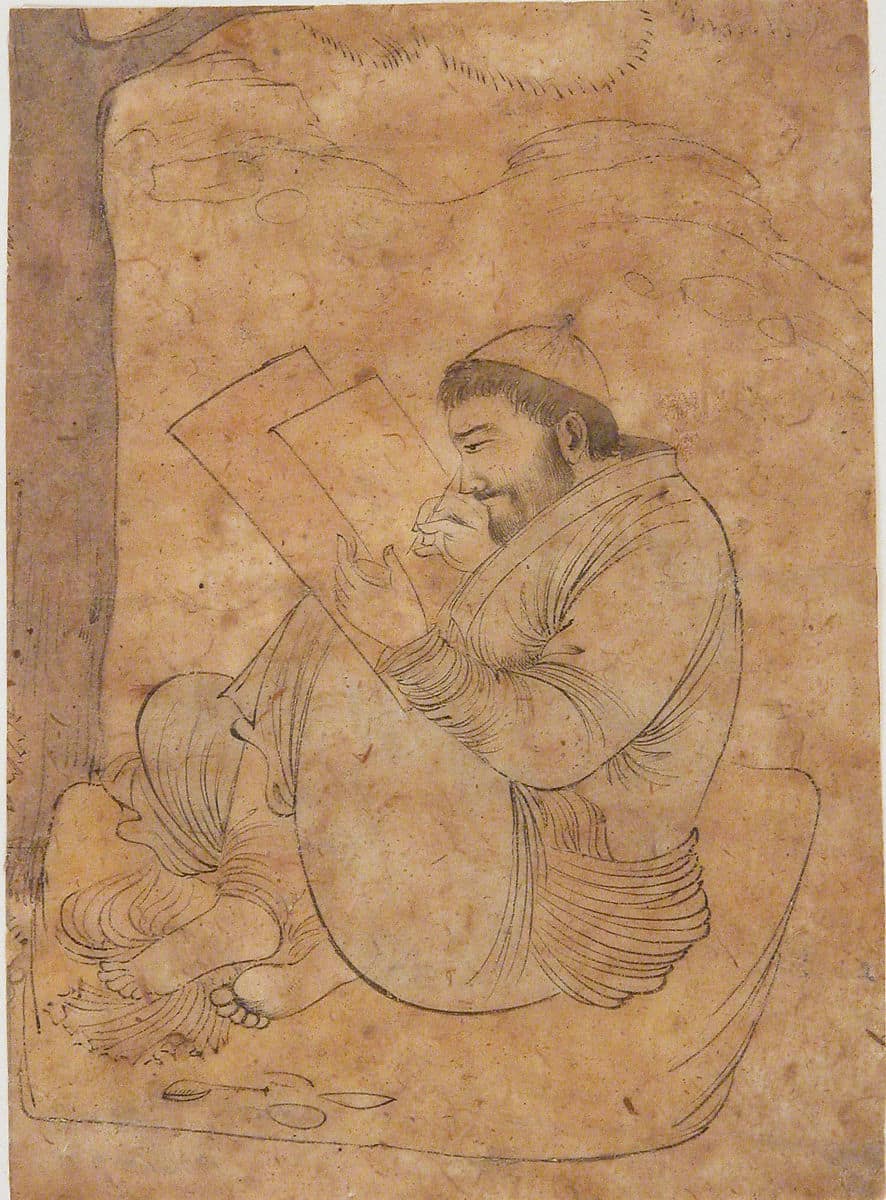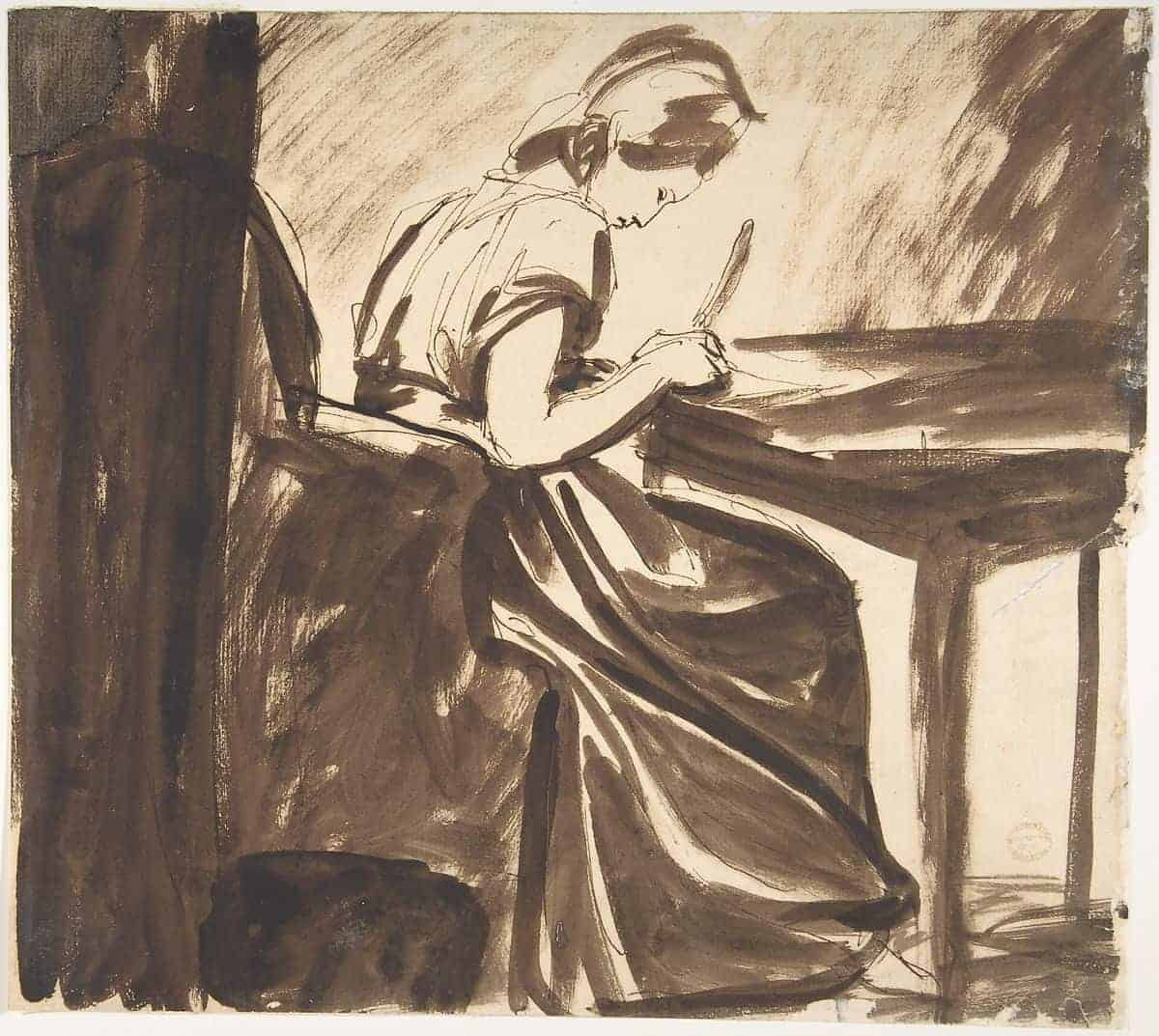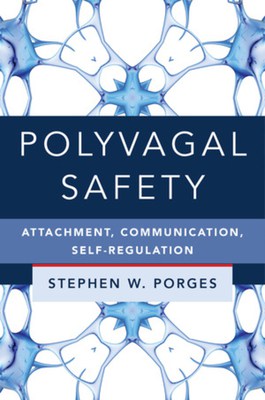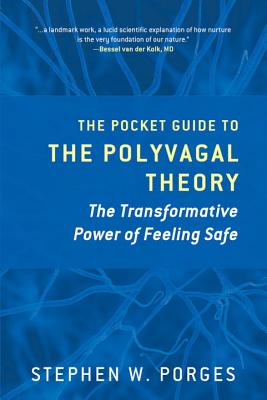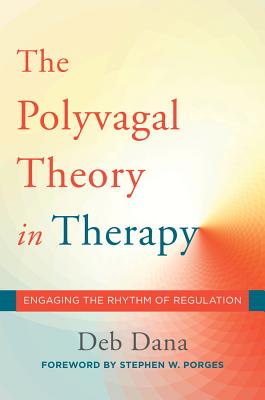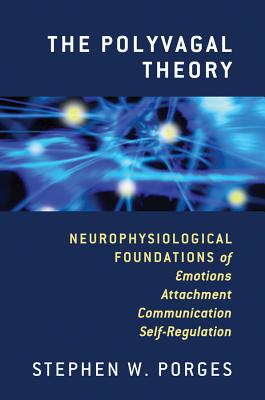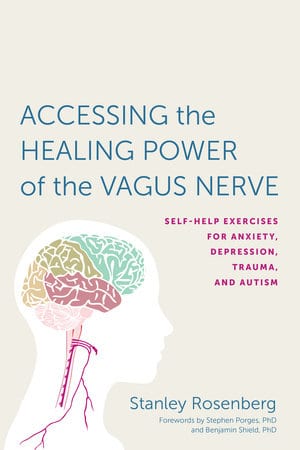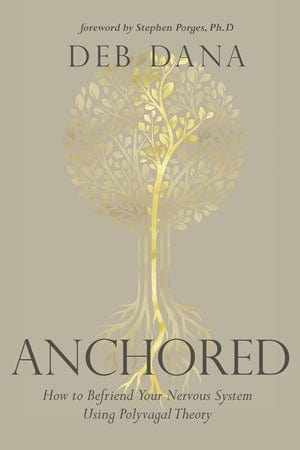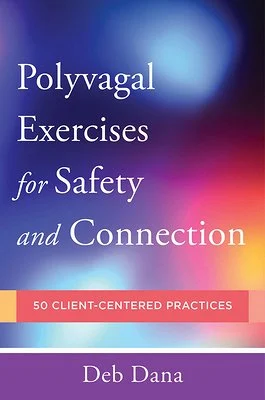Self-Care
Polyvagal Theory Exercises: Benefits and Examples
THC Editorial Team February 2, 2022

Contents
- Overview
- What Is Polyvagal Theory?
- How Do Polyvagal Theory Exercises Work?
- Examples of Polyvagal Theory Exercises
- The Potential Benefits of Polyvagal Theory Exercises
- Summary/Key Takeaways
When a person endures trauma, whether from a singular, intense event or repeated or prolonged trauma, their body experiences physiological changes. These changes can affect their reactions and responses in situations throughout their lives. For instance, some people will interpret uncertainty in their environment as dangerous, leading to the activation of their fight, flight, or freeze responses. Polyvagal theory exercises attempt to restructure the mind-body reactions that occur due to this trauma.
What Is Polyvagal Theory?
Polyvagal theory is based on the phylogenic or evolutionary development of the autonomic nervous system.1 The vagus nerve serves as an interface between the central nervous system, which consists of the brain and the spinal cord, and the autonomic nervous system.2,3 It begins in the brain, leads down the neck, and branches out to the lungs, heart, stomach, and other parts of the body.2 The vagus nerve splits into two branches: the dorsal, which connects to organs below the diaphragm, like the kidneys, liver, and gallbladder, and the ventral, which connects to organs above the diaphragm, like the heart and lungs.4
The autonomic nervous system consists of the sympathetic nervous system (SNS) and the parasympathetic nervous system (PNS). The SNS reacts to perceived danger. It increases heart rate and blood pressure to prepare the body for the fight-or-flight response or causes the body to collapse in a freeze response. The PNS brings the body back to homeostasis by calming the body and lowering the heart rate and blood pressure.1 Traumatic experiences can damage the nervous systems and cause conditions like complex posttraumatic stress disorder (C-PTSD) and anxiety disorders.1
According to Stephen Porges, a professor of psychiatry who first proposed polyvagal theory, individuals’ bodies automatically and subconsciously read and interpret signals for potential dangers in a process called neuroception.5 In situations where everything is known or comforting, the ventral part of the vagus nerve keeps people feeling calm and relaxed. However, in unknown circumstances and times when the subconscious recognizes a threat of possible danger, the dorsal portion of the vagus nerve sends signals that boost neurotransmitters so that the body can respond effectively.5
According to Porges, three stages of response—social engagement, mobilization, and immobilization—are built into the human autonomic system.6 These stages have developed over the human evolutionary cycle. The body relies on the most advanced or evolved stress response. If an evolved response doesn’t work, the body usually reverts to an older, more primitive response.6
Social Engagement
Considered in the context of the well-known fight-flight-freeze model, the social engagement, or social communication, system is the newest and most evolved response to danger.5 This response involves negotiating danger through the face, vocalization, or language.6 This response is unique to mammals and allows for social interactions like play and intimacy. It also provides the mechanisms for mammals to care for offspring, reproduce, and cooperate with one another. Traumatic experiences can disrupt this system’s reactions to danger and cooperative behaviors.7
Mobilization
Mobilization is the well-known fight-or-flight response; the body taps into the sympathetic nervous system to face or run away from possible danger.6 Most vertebrates have this response, whereas only mammals show social engagement.7 This response requires an increase of metabolic functions like heart rate and blood pressure and a decrease in unnecessary functions like digestion.7,8 Mobilization responses impede social engagement behaviors, so they cannot be used simultaneously.7
Immobilization
Parasympathetic immobilization is the most primitive, or unevolved, response, as described in polyvagal theory. According to Dr. Porges, if the fight/flight response doesn’t prove effective, and a threatening situation is still present, our nervous systems may regress to this response, which is dictated “by the old vagus that we share with reptiles.”6 Unlike mobilization, which is metabolically costly to the body (i.e., requires a great deal of energy), immobilization seeks to reduce metabolic demands in situations where there are few options for food or air. In nature, it often looks like “playing dead,” whereas in humans, it is a shutdown and can make a person appear inanimate. In the body, a vagal pathway within the PNS reduces autonomic function.7
How Do Polyvagal Theory Exercises Work?
Experiencing long-term trauma exposes the nervous system to excessive stress hormones, resulting in physiological damage that may impact future responses to situations. After experiencing a traumatic event, the body often remains alert to search for danger. Because of this, people remain more likely to engage in a defense response like mobilization or immobilization in response to a less extreme trigger. The body finds it difficult to return to a regulated state where it can utilize its social engagement system.6
Polyvagal theory exercises seek to optimize the regulation of the body’s physiological state. They employ social interactions and evoke safety to disrupt and repair the physiological state and promote resilience.7 One of the main goals of polyvagal theory exercises is allowing people to shift from their primitive responses, immobilization, and mobilization, to social engagement.
In addition to completing exercises, polyvagal theory encourages people to practice self-care, and self-compassion for their symptoms. They can learn to identify their responses to stress by checking bodily reactions, such as heart rate and respiration, to prevent stress from becoming overwhelming. While physical exercises can help strengthen the overall effectiveness of the vagus nerve, attentional focus and mindfulness can help reduce the effects of stressful situations.
Examples of Polyvagal Theory Exercises
According to polyvagal theory, many activities can help relax individuals and strengthen the vagus nerve to enhance the body’s automatic response and return more quickly to a state of calm following an unfamiliar or stressful situation. Following are several examples.
Deep Breathing
Breathing patterns can alter the body’s physiology and response behaviors through the vagal pathways.7 Taking prolonged, deep breaths can soothe a person’s mind and body, reduce their heart rate, and lower cortisol levels. Practitioners recommend that those practicing this exercise breathe in and out slowly, with each inhale and exhale lasting at least five seconds.9
Closed Exhalation
This is a different breathwork approach known as the Valsalva maneuver, named for Italian anatomist and surgeon Antonio Maria Valsalva.10 Individuals begin by breathing normally. They then close the mouth, pinch the nose, and gently exhale through the closed airway for 15 to 20 seconds. The resulting pressure on the chest cavity stimulates the vagus nerve.10
Applying Cold Water to the Body
Applying cold water by stepping into a cold shower or splashing cold water on the face for as few as 30 seconds can stimulate the vagus nerve. Activating the vagus nerve in this way helps to decrease SNS activity and increase PNS activity.11
Mindful Physical Activity
Mindfulness-based movements (MBM) have shown effectiveness in facilitating healing for many people, including those with cancer, because of their roots in polyvagal theory. Physical activity involving social engagement helps people safely move from activity-induced aroused states to calmer ones. Physical activity removes vagal inhibitions and stimulates the sympathetic nervous system to increase metabolic functions like breathing. When the activity is social, the social engagement system has an opportunity to regulate autonomic function and calm the body.12
Vocalizations
Parts of the vagus nerve are located near the vocal cord and inner ear. Humming, singing, and gargling cause vibrations in the vocal cords and eardrums, directly stimulating the vagus nerve. Yoga practitioners recommend the “om” chant or other mantras to experience this, but simply humming any song can have the same effect.11
Reminiscing on Pleasant Memories
Individuals are encouraged to remember moments when they were content or felt loved. These memories can stimulate a release of oxytocin, a feel-good hormone in the brain, to help calm and relax a person during a stressful situation. Imagining spending time with a close friend or family member who evokes feelings of security can also help activate the vagus nerve and encourage the social engagement system.13 Maintaining these bonds with others is a meaningful way to ensure connection.
Playful Experiences
Playfulness is a natural state of being that is necessary in a serious world. Although it can be difficult to begin, individuals should strive to engage their own playful sides to find areas in their lives where they can include more playfulness.14 This can be with others, in the form of a board game or soccer match, or alone, in toying with ideas or daydreaming. Engaging in play stimulates the social engagement response.
Being in a Calm and Soothing Environment
When people perceive their environment as safe, their vagal motor pathways slow the heart rate and inhibit the SNS response. Additionally, the social engagement system integrates with bodily states; the muscles that regulate gaze, expression, and listening link to the visceral states that promote growth and restoration in the body.15 Soft colors, beautiful artwork, and aromatherapy are all useful methods to create an environment that feels safe and soothing.
Safe and Sound Protocol Sessions
Provided by specially trained counselors, the safe and sound protocol (SSP) utilizes auditory cues to reduce stress, promote relaxation, and stimulate the social engagement system.16 These sessions can be done in person, over the phone, or through video conference. SSP can benefit people with many challenges, including:16
- anxiety
- trauma
- chronic pain and fatigue
- depression
- gut issues
- inattention
- low resilience
- difficulty sleeping
The Potential Benefits of Polyvagal Theory Exercises
The purpose of the exercises based on polyvagal theory is to help people change their fear responses from immobilization to action to social engagement. These exercises can help with a wide range of issues, including:
- trauma
- anxiety
- depression
- posttraumatic stress disorder (PTSD)
- attention-deficit/hyperactivity disorder (ADHD)
- phobias
Those who engage in these activities can become more mindful of the present and learn self-soothing techniques to induce calm and serenity. As the vagus nerve becomes stronger, individuals find that their bodies return to a normal state more quickly following stressful events and the fear of unknown situations.
Summary/Key Takeaways
There are a variety of stress responses, some of which are more evolved than others. As the vagus nerve connects to multiple areas in the body, its development is key in autonomic responses to stressful events. According to polyvagal theory, strengthening the vagus nerve and learning self-soothing methods to overcome prolonged negative responses to danger signals can help individuals reduce damage caused by long-term exposure to stress and develop their social engagement response.
Although there have been few clinical studies investigating the applications of polyvagal theory exercises, these exercises can produce feelings of calm and reduce stress, which is their central aim.






